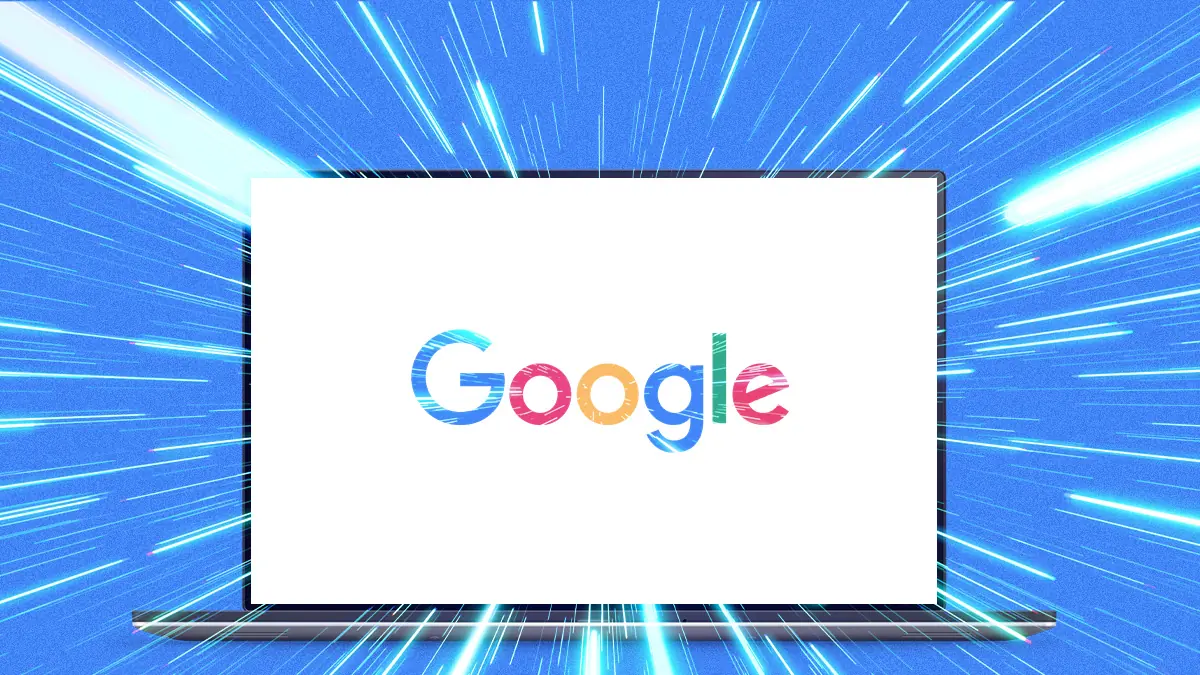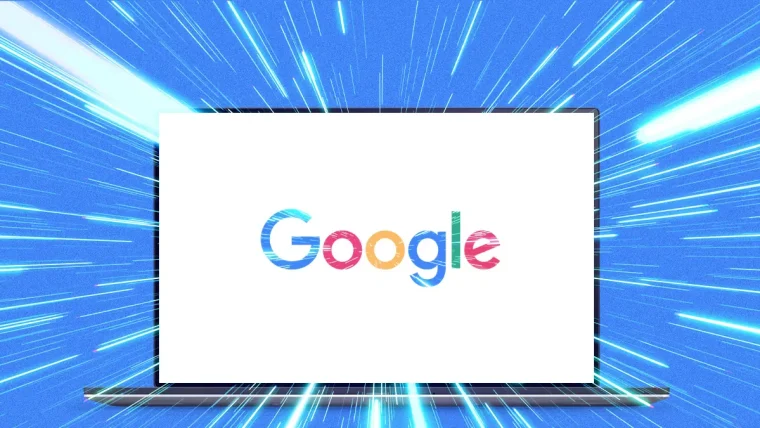Ad buyers are finding that large chunks of impressions spent on Google’s artificial intelligence-fueled product, Performance Max (Pmax), are ending up in less desirable places, like on open web inventory and branded search terms.
One ad buyer, who requested anonymity to protect industry relations, found that around 80% of impressions on a Pmax campaign ended up on open web inventory. The rest landed on Google’s owned and operated properties like Search and YouTube. Five buyers told Adweek that Google-owned properties generally perform better, and they would rather not run ads against display inventory.
“Knowing Google and Google products, really, it’s not surprising at all because they have so many instances of pushing ad dollars where brands don’t intend it to be, without transparency,” the buyer said.
In the two years since Google rolled out Pmax, it has become one of the company’s buzziest buying tools. With the goal of optimizing toward performance goals, such as online sales and lead generation, the tool’s algorithms place ads across a wide swath of Google inventory, including Search, YouTube, display, Gmail and Maps. Ad buyers continue to find the tool, which takes some control from buyers around placement, lacking in transparency, a critique that’s particularly pertinent following a recent Adalytics report that found ads were unknowingly targeted to children.
While Pmax gives buyers insight into which websites their ads run against on the open web, it doesn’t tell advertisers on which YouTube channels their ads air, making it hard for advertisers wanting to audit their buys to make sure they’re not showing ads to children. YouTube has refuted the Adalytics’ report’s findings.
Inventory quality on Pmax
For a lead gen campaign at digital agency Markacy, 20% of impressions were served on open web inventory, while approximately 5%-10% of impressions were served on non-Google properties across multiple ecommerce campaigns, said vp of media Chris Rigas.
While Rigas said the agency prefers to avoid open web inventory, more concerning is how Pmax can optimize toward branded search keywords, which are search terms of the brand’s own name. While these are effective at converting customers, they capture people who would have clicked anyway. Incremental performance improves when the agency asks Google to remove these branded search terms, said Rigas.
A Google spokesperson said that buyers looking for incrementality can optimize for finding new customers, rather than existing ones, via a customer optimization goal feature.


Buyers Question Inventory Quality, Transparency on Google’s AI-powered Performance Max